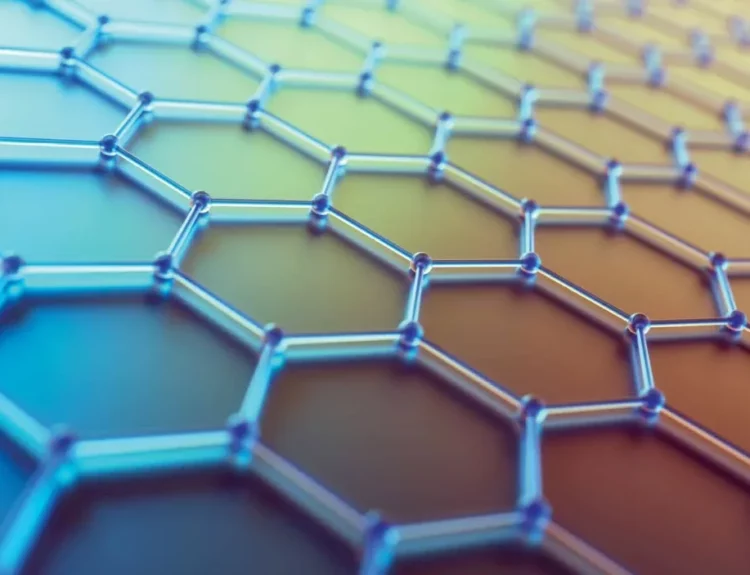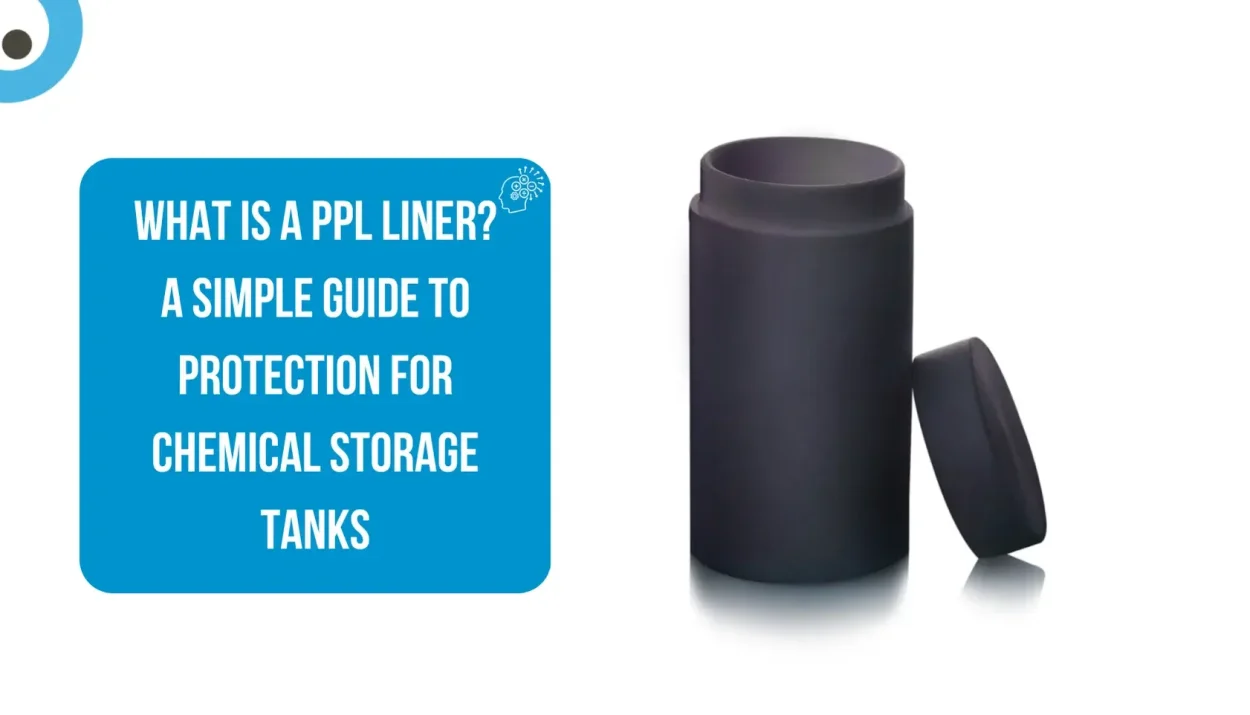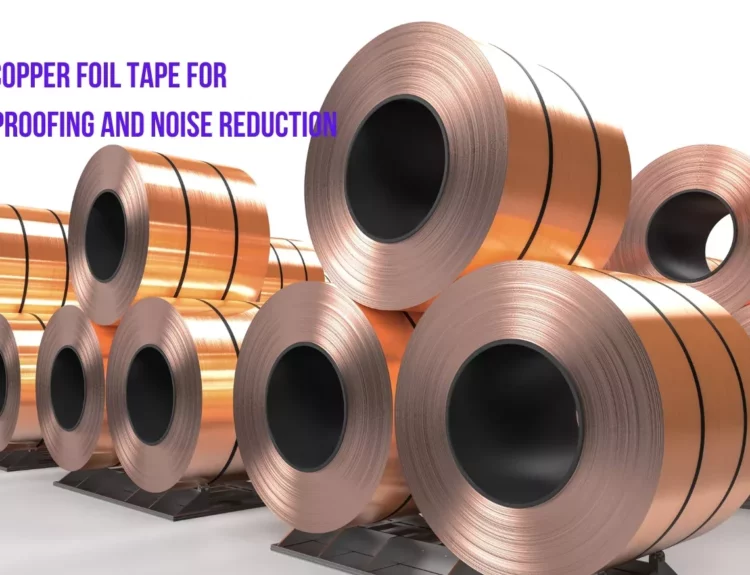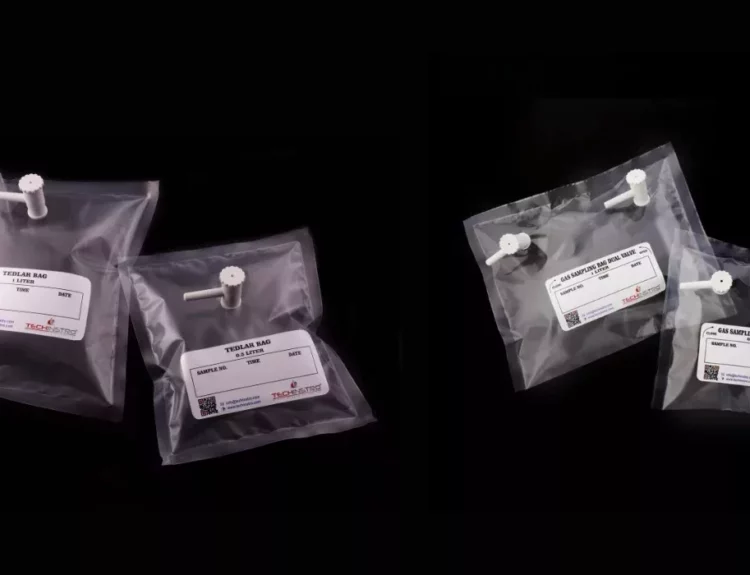What’s PPL Liner?
Properties, Applications, and Benefits Explained Simply
If you’re dealing with chemicals, acids, or any harsh liquids in storage tanks, there’s one thing you absolutely need – protection.
But what is it, really?
What Exactly is a PPL Liner?
A PPL has a special inner lining made from polypropylene (what the “PP” stands for). It’s installed inside a tank to protect it from corrosion and chemical damage. Think of it like a raincoat for your tank, which is seeping in the harmful stuff. It’s from damaging the tank walls.
Instead of making the entire tank out of expensive, corrosion-resistant materials, industries use regular tanks (such as metal or concrete) and line the inside with polypropylene sheets. These liners can handle aggressive chemicals that would otherwise destroy the tank over time.
What is Polypropylene (PP)?
Polypropylene is a strong, lightweight plastic that doesn’t react easily with chemicals. It stays stable even when exposed to high temperatures and strong acids or bases.
Because of this, it’s ideal for liners that can withstand harsh chemical environments — without breaking down, corroding, or leaking.
Where are PPL Liners used?
PPL liners are utilized in various industries. If you walk into a chemical plant or a factory that does metal finishing, chances are you’ll see them in use.
Some familiar places you’ll find PPL liners include:
Pickling tanks – where metal is cleaned using acid before further processing
You’ll be using tanks – for coating objects, you’ll apply layers like nickel or chrome
Chemical storage tanks – holding everything from hydrochloric acid to caustic soda
Scrubbers – equipment used to clean industrial gases
Wastewater treatment plants, especially in sections handling industrial effluents
Wherever there’s a risk of corrosion or chemical attack, a PPL liner is an innovative solution.
What Makes PPL Liners So Useful?
The biggest reason people use PPL lines is that they protect tanks.
Without a liner, the chemicals inside a tank can erode the walls and cause leaks. A PPL liner acts like a protective shield, taking all the chemical exposure and keeping the tank safe.
Some other great things about PPL liners:
They last a long time, even in harsh conditions
They’re easy to clean and maintain
They’re custom-made to fit your tank perfectly
If damaged, they can be repaired or replaced without needing to replace the entire system.
Best of all, using a liner allows you to use cheaper tank materials, as the liner handles all the challenging work.
Are There Any Limitations?
PPL liners are rigid, but they’re not magic. They don’t work with every chemical, so it’s essential to check compatibility before using them. Also, they need to be installed correctly and trained by professionals. If not welded or appropriately fitted, leaks and failures can happen.
Final Thoughts
A PPL liner is a cost-effective, innovative way to protect storage tanks from chemical damage. Whether you’re storing acids, wastewater, or operating a metal finishing facility, these liners can extend the life of your tanks, save you money, and protect your environment.
If you’re working in any industry that deals with corrosive materials, adding a PPL liner could be one of the best decisions you make for your equipment and your bottom line.






